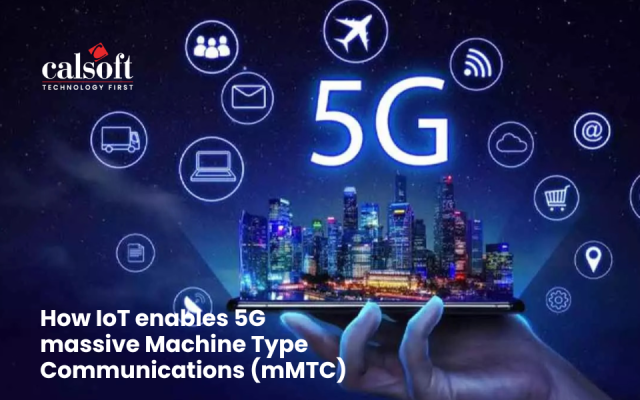The next-generation data center model picked up phenomenally last year. With new advances in the area of network and storage virtualization, businesses of all sizes are leveraging the scalable infrastructure which can be scaled up or down based on the business needs. Storage undoubtedly plays a central role in the next-generation data center.
In the last post, I shared about some of my predictions in the areas of Storage, Cloud and Openstack. In continuation with that, here are few things which expect to see in the next few months – specifically in the Storage Industry, where we do a lot of our work –
1. IDC predicts big data growth at a 27% CAGR to $32.4 B through 2017. Big Data is a lot about Business Data and Social Sentiments. Very soon, with the proliferation of IoT (Internet of Things), Big Data will be a lot of fragmented and unstructured data from multiple devices. The existing set of datasets might turn out to be insufficient to generate insights and there will be a high demand to scale up enterprise storage and compute systems to meet the increasing demand of Big Data Analysis.
2. SDS is one of the fastest growing storage segments. In the coming year, open source may give a strong competition to enterprise SDS.
3. A radically different and new storage technology does not appear to be coming anytime soon. Flash/ hard disk will continue to dominate – this is primary because of the competitive market where every niche area is already captured. With big players such as EMC, IBM, NetApp etc. pushing their own solutions, independent vendors will find it harder to survive.
4. Hybrid arrays are making more and more sense –hybrid solutions with integrated flash will go mainstream offering high performance and high capacity in a cost-effective way.
5. With the increasing need of IT virtualization and automation, we will start seeing virtual machine (VM)-centric storage in a big way. With the VVOLs support from VMware, we will see VM-specific storage, with provisioning, management, data protection, troubleshooting and reporting done at the array per VM.
6. Small and medium size businesses will widely adopt virtual storage appliances and Virtual SAN-like solutions.
7. Although Flash has the capacity to transform the enterprise storage systems, it will take some more time to make the ‘all-flash datacenter’ a reality. Majority of the enterprise data will continue to reside on disks.
8. I am expecting to see wider adoption of more advanced Compute Model where there will be integration of the cores, memory and high-IOPs storage across a low-latency fabric.
9. I will be keen to see the advent of object storage and its combination with flash to offer low-cost capacity and performance-optimized and capacity-optimized scale-out storage tiers.
10. Almost every strategic IT organization will use Cloud in some form. We will see increasing adoption of multi-vendor Hybrid clouds. PaaS systems which run in multiple environments will see more increased usage. Going in line with this, software solutions offering deployment on premise as well as in a range of clouds will see greater adoption.
With the explosion of devices and social platforms which have given way to humongous amount of data, I feel that this is going to open up exciting opportunities for everybody in storage business.
To know more email: marketing@calsoftinc.com
Anupam Bhide | Calsoft Inc.






